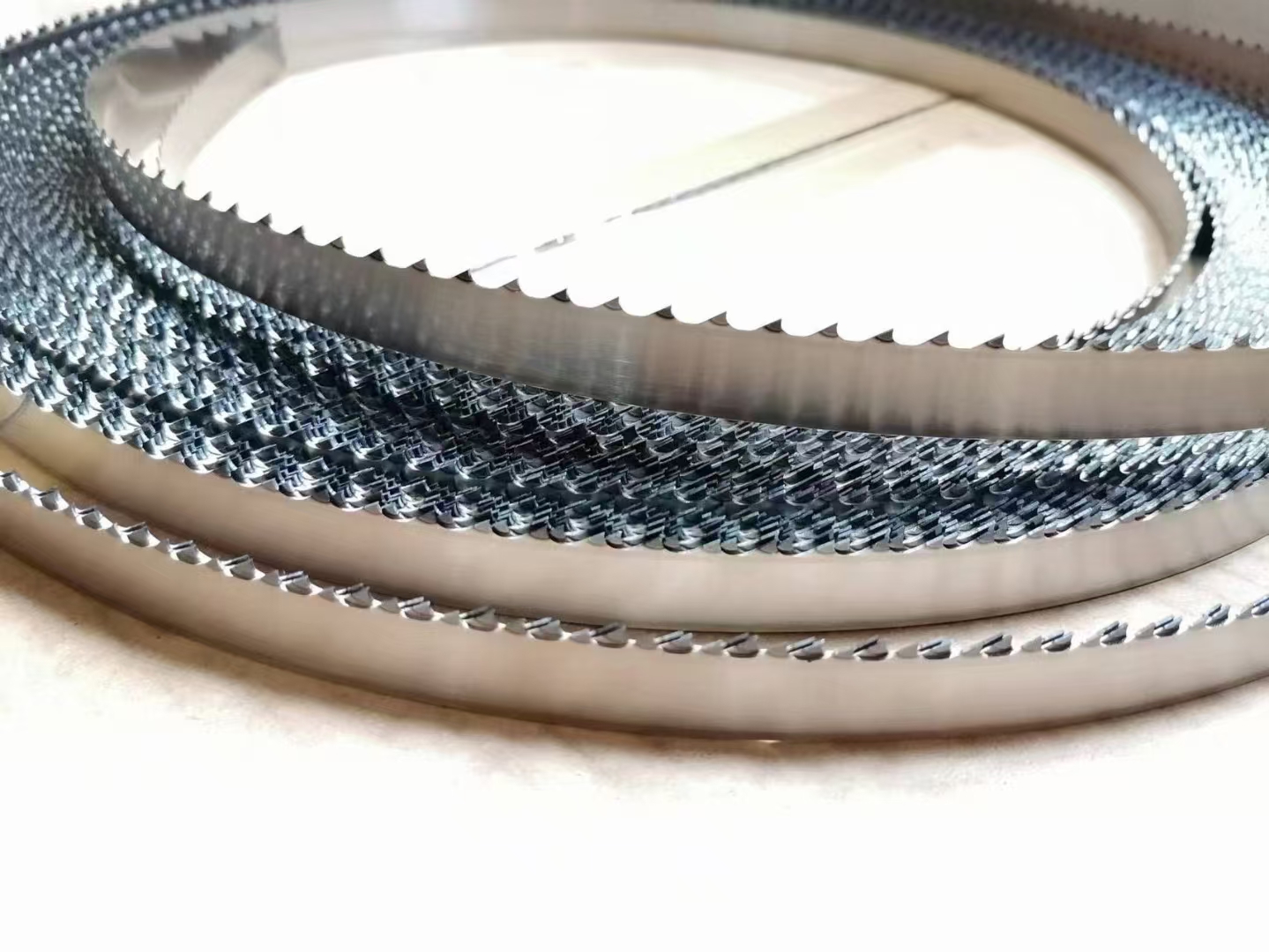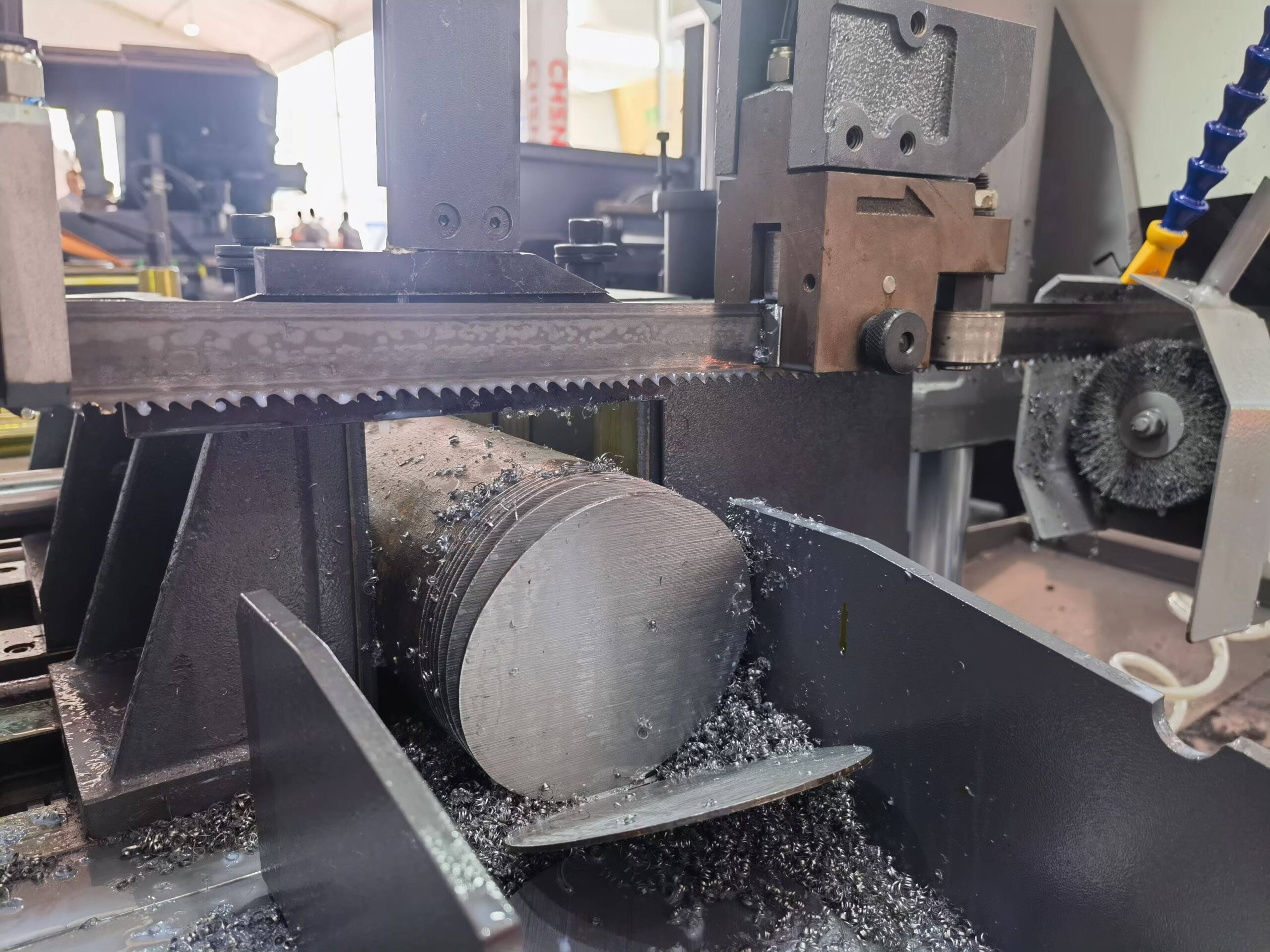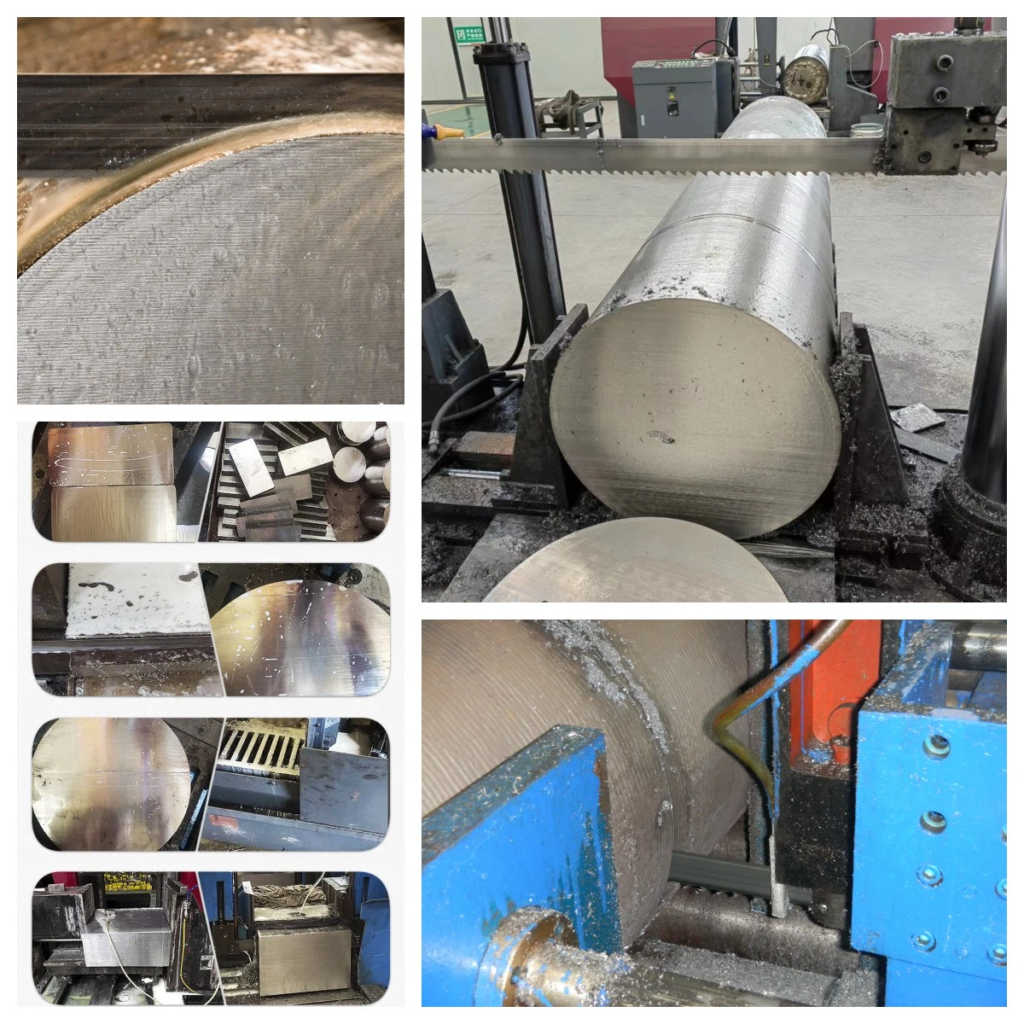If you’re new to the world of band saw blades, you’ve taken the first step toward understanding a crucial tool that powers industries like woodworking, metalworking, and manufacturing. Band saw blades are more than just cutting tools—they are precision instruments designed to help you achieve clean, accurate cuts across a wide range of materials. In this article, we’ll explain what band saw blades are, how they work, and why choosing the right blade is essential for your projects.
Introduction: Why Understanding Band Saw Blades Is Essential
For beginners, understanding band saw blades can feel overwhelming. There are so many types, materials, and configurations to choose from. However, getting it right can make all the difference in your cutting efficiency, quality of results, and even your machine’s longevity. Whether you’re just starting out or looking to build your expertise, this guide will give you the confidence to select the right blades and trust the tools you use.
What Are Band Saw Blades?
A band saw blade is a long, flexible steel loop with teeth on one edge. These blades are mounted on a band saw machine, which moves the blade continuously in one direction to cut through materials. The versatility of band saw blades makes them an essential tool in both industrial and personal workshops.
Key Features of Band Saw Blades
- Blade Material: Band saw blades are made from durable materials like high-carbon steel, bi-metal alloys, or carbide-tipped metals to handle various cutting needs.
- Tooth Configuration: The blade's teeth' spacing, size, and shape determine its cutting performance.
- Blade Width: Wider blades are used for straight cuts, while narrower blades are ideal for intricate shapes and curves.
- Teeth Per Inch (TPI): The number of teeth per inch impacts cutting speed and finish quality.
In simple terms, Band saw blades are the workhorses of band saw machines, and selecting the right blade depends on the material you are cutting and the type of cut you want to achieve.
How Do Band Saw Blades Work?
Band saw blades operate on a simple but effective principle: a continuous loop of the blade rotates on two wheels, creating a steady cutting motion. The machine's design and the blade’s configuration work together to ensure precision and efficiency.
Here’s how:
- Material Engagement: The blade's teeth come into contact with the material and remove small pieces (chips) with each pass.
- Continuous Action: Unlike saws with a back-and-forth motion, the continuous loop reduces vibration and ensures smoother cuts.
- Controlled Speed: Band saw machines allow users to adjust cutting speed, which is critical for handling different materials.
Types of Band Saw Blades
Choosing the right type of band saw blade is essential for achieving the best results. Here’s a breakdown of the most common types and their uses:
1. Carbon Steel Blades
- Best for: Cutting wood, plastics, and soft metals.
- Advantages: Affordable and easy to sharpen.
- Considerations: These blades wear out faster when used on hard materials.
2. Bi-Metal Blades
- Best for: Cutting harder materials like steel, aluminum, and other metals.
- Advantages: Durable, flexible, and capable of handling heavy-duty cutting tasks.
- Considerations: Higher initial cost but lasts longer, offering better value for money.
3. Carbide-Tipped Blades
- Best for: Cutting tough materials like stainless steel, titanium, and abrasive composites.
- Advantages: Long-lasting, with exceptional performance in challenging conditions.
- Considerations: Premium price but worth the investment for specialized cutting needs.
4. Specialty Blades
Specialty blades are designed for specific applications, such as:
- Resawing Blades: Perfect for splitting larger wood pieces into thinner sections.
- Contour Cutting Blades: Ideal for intricate shapes and patterns.
Understanding Tooth Design
The design of a band saw blade’s teeth plays a critical role in its cutting ability. For beginners, understanding tooth configurations can help you make informed decisions:
- Raker Teeth: The most common design, where every third tooth is offset. Great for general-purpose cutting.
- Hook Teeth: Feature a steep rake angle, allowing for aggressive cuts in thicker materials.
- Skip Teeth: Widely spaced teeth that prevent clogging, ideal for softer materials like wood or plastics.
TPI Matters:
- Low TPI (3–6): Best for fast cutting in thick materials.
- Medium TPI (8–10): Balances speed and smoothness for general applications.
- High TPI (12–10): Provides a smoother finish on thin materials.
Applications of Band Saw Blades
The band saw blades are used in various industries. Here are some common applications for beginners to consider:
1. Woodworking
If you’re working with wood, band saw blades can help you make straight cuts, curves, and even intricate designs. Carbon steel blades are typically sufficient for this purpose.
2. Metalworking
Bi-metal or carbide-tipped blades are the best options for cutting metals like steel and aluminum. These blades ensure precision and durability.
3. DIY Projects
Hobbyists often use band saw blades for crafting, sculpture, and custom design work. The flexibility of these blades makes them ideal for creative applications.
4. Food Processing:
Used to cut large portions of meat or cheese with precision.
5. Industrial Fabrication
Factories and fabrication shops use high-performance blades to cut structural steel, pipes, and other heavy materials.
How to Choose the Right Band Saw Blade
For beginners, selecting the right band saw blade might seem complicated, but it doesn’t have to be. Follow these steps:
- Identify the Material: Different materials require specific blade types.
- Determine the Cut Type: Straight cuts, curves, or intricate patterns may require different blade widths and TPI.
- Set a Budget: Higher-quality blades cost more but often last longer, providing better value over time.
- Ask for Expert Advice: Don’t hesitate to consult with experienced suppliers (like us!) to find the perfect blade for your needs.
Maintaining Your Band Saw Blade
Proper maintenance ensures your band saw blade performs at its best and lasts as long as possible. Here are some tips for beginners:
- Keep It Clean: Remove debris and residue after each use.
- Check the Tension: Over-tensioning or under-tensioning can lead to blade damage.
- Inspect Regularly: Look for dull teeth, cracks, or uneven wear.
- Use Lubricants: Lubricating the blade reduces heat and friction, extending its lifespan.
Pro Tip: Regular maintenance improves blade performance and ensures safety during operation.
Conclusion
Band saw blades are versatile tools that open up a world of possibilities for cutting and crafting. Whether working with wood, metal, or plastic, the right blade can make your job easier, faster, and more efficient. As a beginner, understanding the basics of band saw blades is the first step toward mastering their use.
Ready to find the perfect band saw blade for your needs? Contact us today for expert advice and a wide selection of top-quality blades. Let us help you take your cutting projects to the next level!





